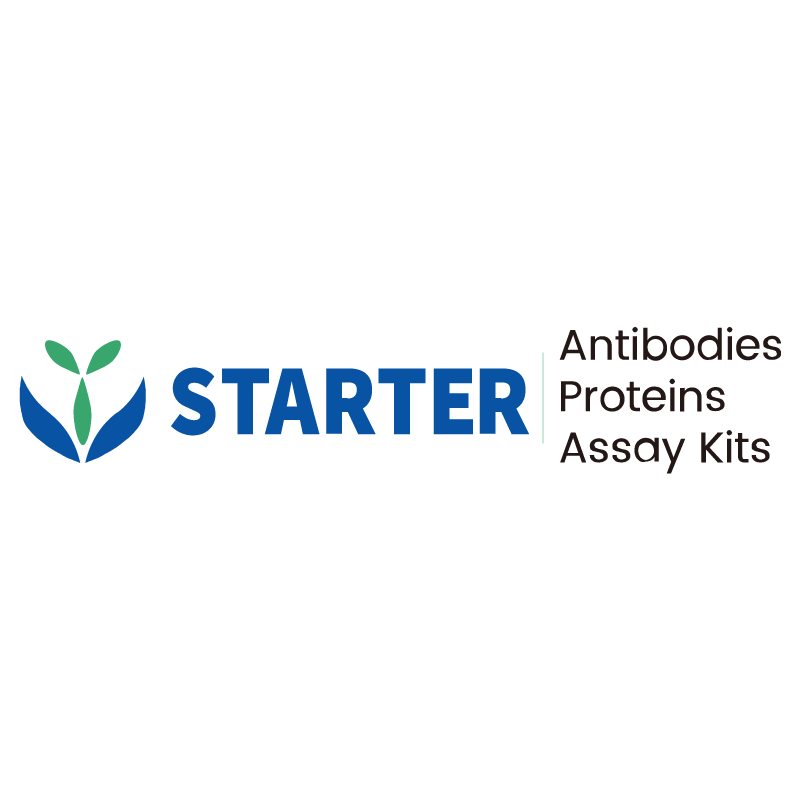Product Details
Product Details
Product Specification
| Host | Rabbit |
| Antigen | MICB |
| Synonyms | MHC class I polypeptide-related sequence B; MIC-B; |
| Immunogen | Recombinant Protein |
| Accession | Q29980-1 |
| Clone Number | SDT-1472-78 |
| Antibody Type | Recombinant mAb |
| Isotype | IgG |
| Application | Sandwich ELISA |
| Reactivity | Hu |
| Cross Reactivity | No cross-reactivity against MICB, NKG2D |
| Purification | Protein A |
| Concentration | 2 mg/ml |
| Conjugation | Unconjugated |
| Physical Appearance | Liquid |
| Storage Buffer | PBS pH7.4, 0.03% Proclin 300 |
| Stability & Storage | 12 months from date of receipt, 2 to 8 °C as supplied |
Background
MHC I polypeptide-related sequence B (MICB) is a highly glycosylated transmembrane protein encoded by the MICB gene, located on chromosome 6p21.33. It functions as a ligand for the NKG2D receptor, a type II receptor expressed on natural killer (NK) cells, CD8+ T cells, and γδ T cells. The binding of MICB to NKG2D activates cytolytic responses in these immune cells, promoting the elimination of stressed or infected cells. Unlike MHC class I molecules, MICB does not associate with β-2-microglobulin or bind peptides. MICB is stress-induced, meaning its expression increases under cellular stress conditions, such as DNA damage or viral infection. This protein is widely expressed in various tissues, including lymph nodes and bone marrow, highlighting its role in immune surveillance. The external domains of MICB are proteolytically cleaved by surface proteases and shed into the extracellular space. MICB shedding by cancer cells causes effective escape from NKG2D recognition and allows the development of cancers. Patients frequently have increased concentrations of soluble MICA/B molecules shed in the blood plasmas and sera, thus indicating that MICA/B shedding is a therapeutic target in immune-oncology.
Picture
Picture
Paired Recommendations


